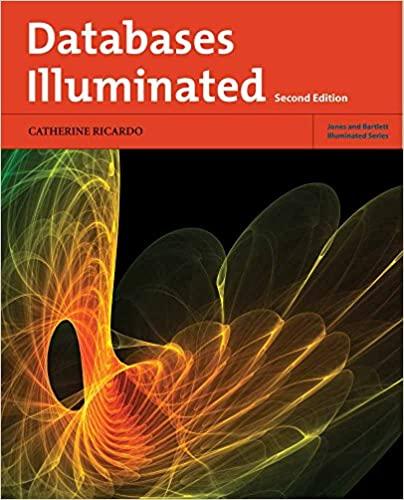Question
c++ PROJECT 1 Fractional Number Class - Frac Total of 30 points The following information, located on Github m03, are provided as a starter. Frac.h,
c++
PROJECT 1 Fractional Number Class - Frac
Total of 30 points
The following information, located on Github m03, are provided as a starter.
- Frac.h, a complete Frac Class Declaration ( the definition is to be complete by you.)
- testFrac_starter.cpp, a working program with partial Frac members defined to get you started.
Please follow the TODO List below to finish all Class definitions, and to expand the starter to exercise and verify all the Frac member methods.
What is the number Type?
In our daily life we use the Quantitative Numbers to represent the physical world, such as:
- Time or Angle in HMS (Hour-Minute-Second),
- Length in Feet-Inches,
- Floating Point Number in Mantissa and Exponent
For example, a floating number
123.45 = 1.2345 10+2 (for 10-based)
- Mantissa: 1.2345 (normalized significant part of the value)
- Exponent: -2
The floating point number construction and operations are pretty complicated but using the floating point number type in C++ is pretty straight forward. Since all the commonly used floating number operators are defined (overloaded) to have the same look and feel like an integer data type.
What is a Fractional number?
The fractional numbers are figured out by two whole numbers (the fraction terms) that are separated by a horizontal line (the fraction line). The number above the line (the numerator) can be every whole number and the number below the line (the denominator) should be different from zero.
Here are some examples of some fractions: 3/4, 5/4,...
Project Requirement
The form and format the Fractional number to be used
In this project, We are only going to
(1) use two numbers: numerator over denominator to represent a fraction, no mixed numerals.
(2) allow the usage of the proper and improper fraction:
- Proper Fraction: the number is inferior to the denominator, for instance 3/4 ;
- Improper fraction: the numerator is superior to the denominator, for instance 9/2 ;
We are not going to use Mixed Fraction and Equivalent Fractions:
- Mixed Fraction or Mixed Numeral: it is composed of a whole part and a fractional one, for instance 2 1/3 ;
- Equivalent Fractions: fractions that keep on the same proportion of another fraction, for instance: 5/2 =10/4; All Fraction shall be the minimum number representation.
TODO List
To complete the definition of all Five (5) Required Frac class method groups:
1. Constructors: * you may combine the first 3 contructors below into one.
- default: numerator default as 0, denominator default as 1
- 1 argument: (int numerator) numerator only, denominator default as 1
- 2 arguments: (int numerator, int denominator)
- string constructor: (string s); where s in the format of "3/4"
2. Necessary getter and setters
3. Support the following operators:
- basic math: +, -, *. /
- pre and postfix ++ and --
- comparators: <, >, <=, >=, !=, ==
4. Type conversion operators, to convert Frac numbers to integer or floating point numbers:
cout << " First Frac f1: " << f1 << " Second Frac f2: " << f2 << " 1st fi as Integer: " << int(f1) << " 2nd fi as Double: " << double(f2);
5. overload friend iostream insertion <<, and extraction >> operator
After successfully completed the definitions of the above 5 groups of methods:
- include the Special ++/-- Test Pattern (inside the testFrac_starter.cpp) as part of your final test program.
After successfully implemented and executed your program:
- Final Check List
- To complete all method's definition based on the following member method declaration of the Frac Class for Project 1. (the declaration only Frac.h in Github m03 folder)
- Complete the testFrac.cpp program (testFrac_starter.cpp is provided in Github). Please expand the tester to make sure all the Frac member methods are verified with your own tester.
- Make sure no error or any unverified member methods (point deduction)
- Provide the reason/explanation on why the increment/decrement test sequence (one statement vs 6 statements) produce different outcome.
Step by Step Solution
There are 3 Steps involved in it
Step: 1

Get Instant Access to Expert-Tailored Solutions
See step-by-step solutions with expert insights and AI powered tools for academic success
Step: 2

Step: 3

Ace Your Homework with AI
Get the answers you need in no time with our AI-driven, step-by-step assistance
Get Started


